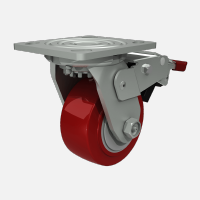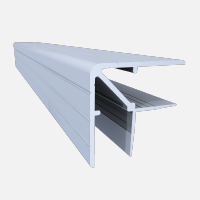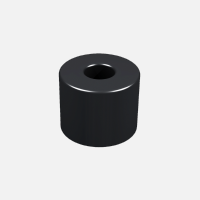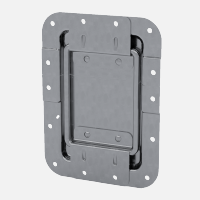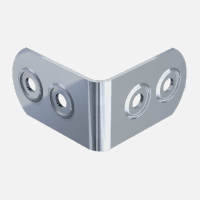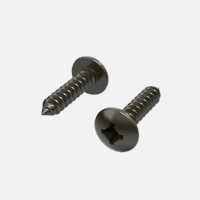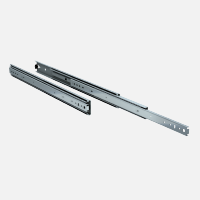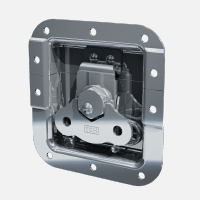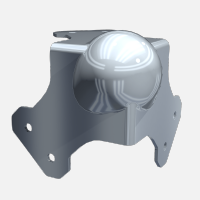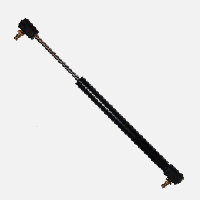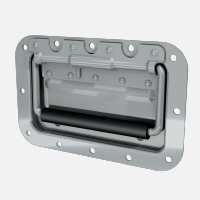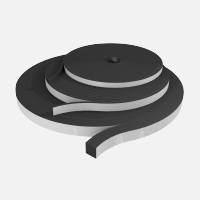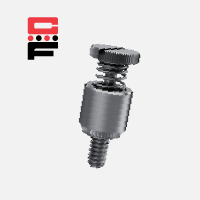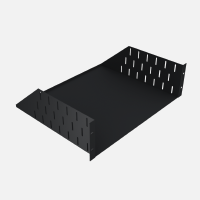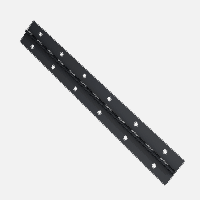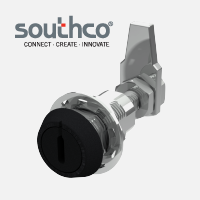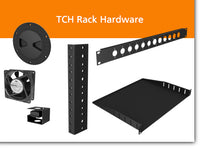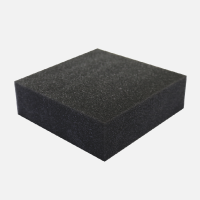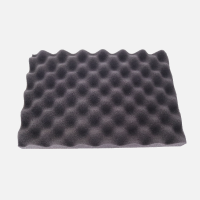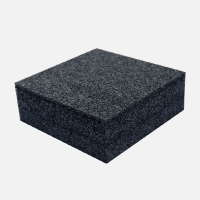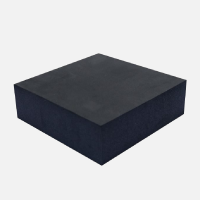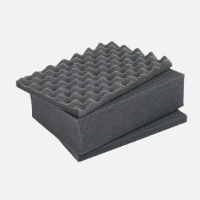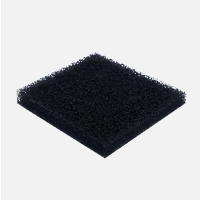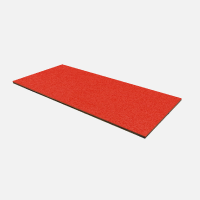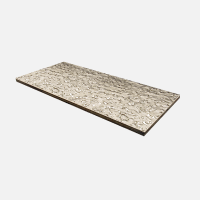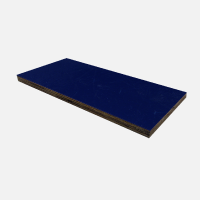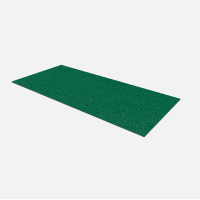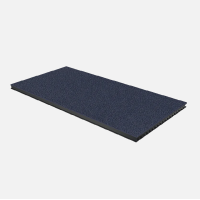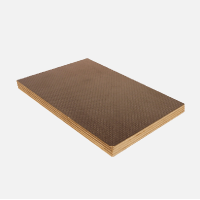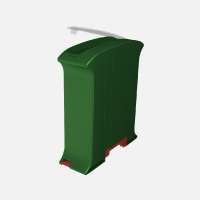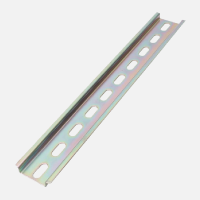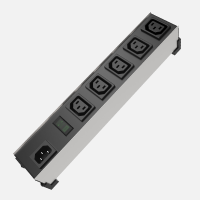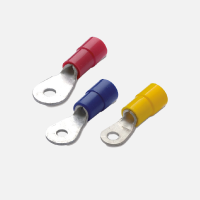Stabilus Gas Springs: Installation Hints and Tips
TCH is an official partner of Stabilus, a leader in innovation and quality gassprings.Whatever experiance you have, we want to guarentee you are providedwith allnecessary information for gas spring installation.
Application
In their technical design, gas springs must be customized for special applications – on the basis of specifications and drawings. Match your application and requirements with us. Our consultants will be glad to help you.
Mounting Orientation
If possible, install gas springs so that the piston rod points down in the inactive state – unless they were designed for non-orientation specific installation. This will ensure optimum lubrication of the guide and sealing system at all times.
No Jamming
For a long service life, gas springs must not jam or be subjected to bending or lateral forces. We offer suitable end fittings, such as angle joints. They will ensure non-jamming alignment.
Functional Safety
The functional safety of a gas spring comes mainly from the smooth piston rod surface and the seals that keep the gas pressure on the inside. Do not subject gas springs to bending stresses. You should not install gas springs that have been damaged in after-sales mechanical processing. Welding on the gas spring, as well as contamination or paint on the piston rod can cause device failure. Avoid modifications and manipulations, impacts, tensile stress, heating, painting, and removal of the imprint. Be on the safe side: Do not install defective or improperly altered products.
Temperature Range
Stabilus gas springs are designed for a default temperature range of -30°C to +80°C. Of course, there are also gas springs for more extreme applications.
Life and Maintenance
Gas springs are maintenance-free! They do not require greasing or lubrication. They are designed for their corresponding applications and will work flawlessly for many years.
Transportation and Storage
Store gas springs with the piston rod pointing down. Actuate the gas spring after 6 months of storage. Avoid damage: Do not transport gas springs as bulk material. Make sure not to contaminate gas springs with thin packaging film or adhesive tape.
Disposal
When gas springs are no longer needed, they should be disposed of in an environmentally correct manner. For this purpose they should be drilled open, the compressed nitrogen gas bled, and the oil drained. For more specific details, please refer to STAB specification 1000 9375.
View Literature
Gas Spring Brochure
Disposal Instructions
More Information On Stabilus
